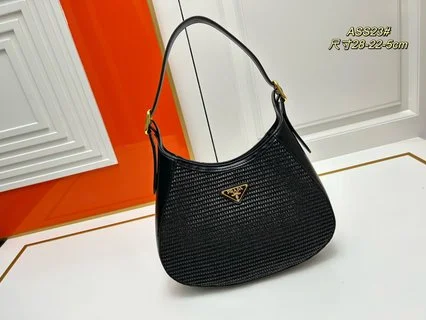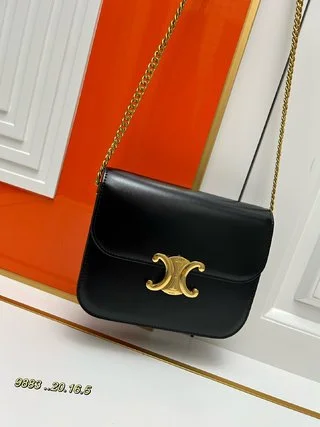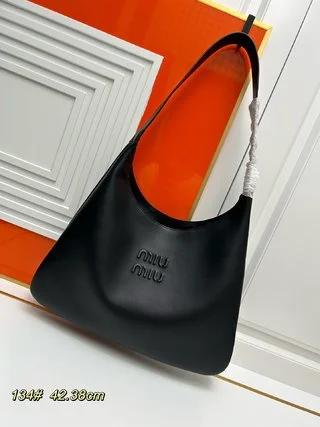In a world increasingly concerned with environmental sustainability, recycled fabric has emerged as a key player in the fashion industry. What is recycled fabric? Recycled fabric is what its name suggests: fabric made from recycled materials, often post-consumer or post-industrial waste. This innovative approach to textile production not only addresses the issues of waste and pollution but also contributes to a more sustainable and eco-friendly fashion landscape.
What is recycled fabric?
Recycled fabric refers to textiles that are crafted from pre-existing materials, diverting them from landfills and giving them a second life. This innovative approach aligns with the growing trend in sustainable fashion, emphasizing environmental responsibility without compromising style.
Benefits of Using Recycled Fabric
- Environmental Impact Reduction: One of the primary advantages of using recycled fabric is its significant reduction in environmental impact. Traditional fabric production can be resource-intensive and contribute to pollution. Recycled fabrics, however, require fewer raw materials, reducing the strain on the environment.
- Energy and Resource Conservation: The process of recycling materials to create fabric consumes less energy compared to the production of virgin materials. Additionally, recycling helps conserve valuable resources, making it a more sustainable option.
- Reduction in Landfill Waste: By utilizing materials that would otherwise end up in landfills, recycled fabric helps minimize the amount of waste generated. This not only addresses the issue of overflowing landfills but also decreases the need for new land for waste disposal.
Popular Types of Recycled Fabrics
- Recycled Polyester: One of the most commonly used recycled fabrics, recycled polyester, is created from post-consumer plastic bottles. The bottles are collected, cleaned, melted, and then spun into fibers, which are later woven into fabric. This process not only reduces plastic waste but also conserves energy.
- Recycled Cotton: Recycled cotton is derived from post-industrial or post-consumer cotton waste. This can include scraps from garment production or used clothing. The collected cotton is broken down into fibers and then spun into new yarn for fabric production.
- Recycled Nylon: Similar to recycled polyester, recycled nylon is produced from post-consumer waste, such as discarded fishing nets. This eco-friendly alternative helps address the problem of plastic pollution in oceans and supports sustainable practices.
- Tencel/Lyocell: Tencel, also known as Lyocell, is a sustainable fabric made from wood pulp, often sourced from eucalyptus trees. While not directly recycled, the production process is environmentally friendly, using a closed-loop system that minimizes waste and chemicals.
The Process of Making Recycled Fabric
The journey from waste to wearables involves several key steps in the production of recycled fabric.
Collection of Post-Consumer or Post-Industrial Waste
The initial phase involves gathering materials that have served their original purpose. This can include discarded clothing, plastic bottles, or industrial waste.
Sorting and Cleaning
To ensure the quality of the recycled material, thorough sorting and cleaning processes are essential. This step removes impurities and prepares the materials for the next stages of production.
Shredding and Melting
Once cleaned, the materials undergo shredding and melting. For example, plastic bottles are shredded into small pieces and then melted to form a molten substance.
Spinning into New Fibers
The melted material is then spun into fibers, which are used to create the fabric. This step is crucial in transforming waste into a usable and versatile textile.
Sustainable Fashion and Recycled Fabric
Rise of Eco-Friendly Clothing Brands
The increasing awareness of environmental issues has prompted many fashion brands to adopt sustainable practices. Eco-friendly clothing brands and bio fashion designers are now incorporating recycled fabrics into their collections, appealing to environmentally-conscious consumers.
Consumer Awareness and Demand
As consumers become more informed about the environmental impact of their choices, there is a growing demand for sustainable and recycled products. This shift in consumer behavior is driving the fashion industry toward more eco-friendly practices.
Challenges in the Recycled Fabric Industry
While recycled fabric presents numerous benefits, it also faces certain challenges that the industry must address.
- Contamination Issues: The recycling process can be compromised if materials are contaminated with non-recyclable items. Proper waste sorting at the source is crucial to maintain the integrity of recycled fabrics.
- Limited Color Options: Recycled fabrics may have limitations in color options due to the nature of the materials used. This challenge requires innovation in dyeing processes to expand the color palette for recycled textiles.
- Cost Challenges: In some cases, recycled fabrics may be more expensive to produce than traditional fabrics. As technology advances and economies of scale come into play, the cost disparity is expected to decrease.
Innovations in Recycled Fabric Technology
Ongoing research and development in recycling technology are leading to more advanced methods of transforming waste into high-quality fabrics. Innovations such as chemical recycling offer promising solutions to current challenges. The integration of technology, including artificial intelligence and robotics, is streamlining the production of recycled fabrics. This not only enhances efficiency but also contributes to the overall sustainability of the process.
Fashion Industry’s Shift Towards Sustainability
Recycled fabrics are influencing fashion trends, with designers incorporating sustainable materials into their creations. This shift is reshaping the industry and challenging traditional notions of disposable fashion. Fashion brands are recognizing the need for corporate responsibility. Many are committing to sustainable practices, including the use of recycled fabrics, to reduce their environmental footprint.
How to Identify Genuine Recycled Fabrics
- Certification Standards: To ensure that the fabric is genuinely recycled, consumers can look for certification standards. Labels such as Global Recycled Standard (GRS) or OEKO-TEX Standard 100 ensure the fabric’s eco-friendly origin.
- Reading Clothing Labels: Detailed information on the composition of a garment is often found on clothing labels. Familiarizing oneself with symbols and terminology related to recycled materials can help consumers make informed choices.
DIY Projects with Recycled Fabrics
Embracing a sustainable lifestyle can extend beyond purchasing choices. Upcycling old clothing into new, fashionable pieces is a creative way to contribute to sustainable practices while expressing individual style. Recycled fabrics can be used in DIY projects to make eco-friendly accessories such as bags, scarves, and jewelry. This not only reduces waste but also adds a personal touch to one’s wardrobe. It is common question what to do with your old wedding dress? You can recycled and use it in many ways.
Recycled Fabric in Home Goods
Bedding and Linens: The use of recycled fabric extends beyond clothing and into home goods. Bedding and linens made from recycled materials offer a comfortable and sustainable choice for environmentally conscious consumers.
Upholstery and Decor: Furniture upholstery and home decor items can also benefit from recycled fabrics. Incorporating these materials into interior design contributes to a more eco-friendly and stylish living space.
Consumer Tips for Sustainable Shopping
When shopping for clothing or home goods, opting for products made from recycled fabrics supports sustainable practices. This conscious choice contributes to the demand for eco-friendly options in the market. Supporting brands that prioritize sustainability encourages responsible practices within the industry. Consumers can research and choose companies committed to reducing their environmental impact through the use of recycled materials.
Future Outlook of Recycled Fabric
The future of recycled fabrics looks promising with anticipated advancements in recycling technology. Continued research and development will likely lead to more efficient and sustainable methods of fabric production. Beyond fashion, recycled fabrics are likely to find applications in various industries. The versatility and eco-friendly nature of these materials make them suitable for a wide range of products, contributing to a more sustainable future.
Conclusion
In conclusion, the use of recycled fabric represents a significant step towards a more sustainable and environmentally conscious fashion industry. As consumers, making informed choices about the products we purchase can contribute to a positive impact on the planet. The rise of recycled fabrics is not just a trend but a crucial shift towards a more responsible and eco-friendly approach to fashion.
Frequently Asked Question(FAQs)
What is in recycled fabric?
Recycled fabric is made from post-consumer or post-industrial waste like discarded textiles and plastic bottles. Common materials include polyester, nylon, and cotton. This sustainable option reduces the reliance on new resources, promoting environmental responsibility and the circular economy.
What is an example of recycled fabric?
An exemplary recycled fabric is made from post-consumer or post-industrial waste, such as discarded textiles or plastic bottles. Common examples include recycled polyester, nylon, and cotton. Opting for these materials supports sustainability efforts by reusing existing resources and minimizing environmental impact.
How is recycled cloth made?
Recycled cloth is produced by transforming post-consumer or post-industrial waste, like discarded textiles and plastic bottles, into usable fibers. The process involves thorough cleaning and processing of the recycled materials, which are then spun into yarn or fabric. This sustainable method reduces the reliance on new resources and promotes environmental responsibility by repurposing existing materials. Choosing recycled cloth supports eco-friendly practices and contributes to a circular economy.
Is recycled fabric as durable as traditional fabric?
Yes, with advancements in technology, recycled fabrics can be just as durable as traditional fabrics, providing a sustainable alternative without compromising quality.
How can I contribute to recycling textiles at home?
You can contribute by upcycling old clothes, participating in clothing swaps, and responsibly disposing of unwanted textiles through recycling programs in your community.





